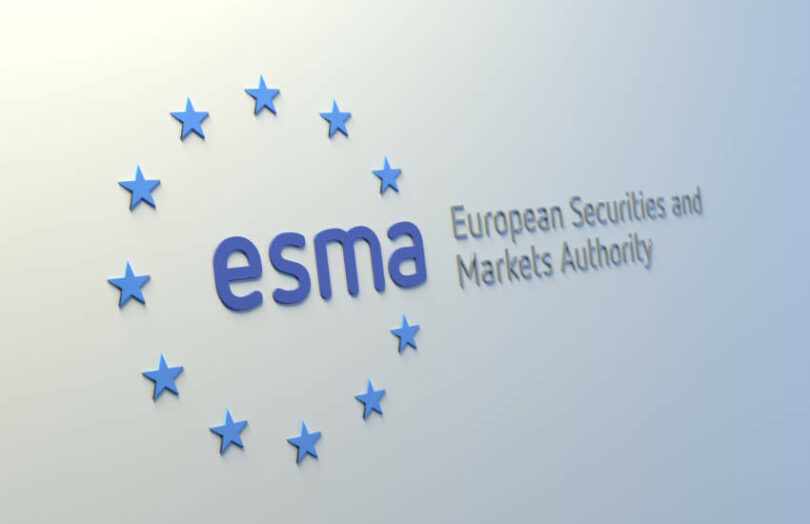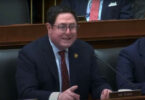Today the EU regulators responsible for implementing the Market in Crypto Asset (MiCA) regulations published documents. The European Securities Markets Authority (ESMA) released a consultation document relating to crypto markets. And the European Banking Authority (EBA) encouraged institutions to get ready for stablecoin activities now, with the relevant legislation applicable from 30 June 2024.
The key benefits of MiCA for crypto asset service providers (CASP) is they can register in one jurisdiction giving them right to perform services throughout the European Union.
ESMA’s crypto consultation
ESMA’s is seeking comments on its crypto proposals by 20 September. This is the first of three consultations, with another coming in October.
Despite the paper reaching 158 pages, it only covers a subset of the MiCA topics.
Existing regulated entities don’t require any authorization to perform crypto asset services. However, they must notify their local regulator, so the paper outlines what’s expected for the notification. It also provides the procedures for currently unregulated CASPs to apply for authorisation.
Other topics dealt with include complaint handling by CASPS and conflicts of interest. Recent history has demonstrated massive conflicts of interest in the sector. While the legislation requires prominent disclosure of conflicts, it emphasizes that these are “not an alternative to the prevention or management of conflicts of interests.”
While some of the events exposed by the crypto crash were more like fraud, the examples given by ESMA are extremely common in the crypto world. For example, executing orders (brokerage) and also operating a trading platform. Or providing a token placing service where the placement is with its own clients.
EBA call to action on stablecoins
Meanwhile, the EBA issued a statement on asset-referenced and e-money tokens, which are commonly referred to stablecoins. It encourages institutions and others involved in stablecoin activities to contact their local regulator to communicate detailed plans. It provides a template, although local regulators might require additional details.






